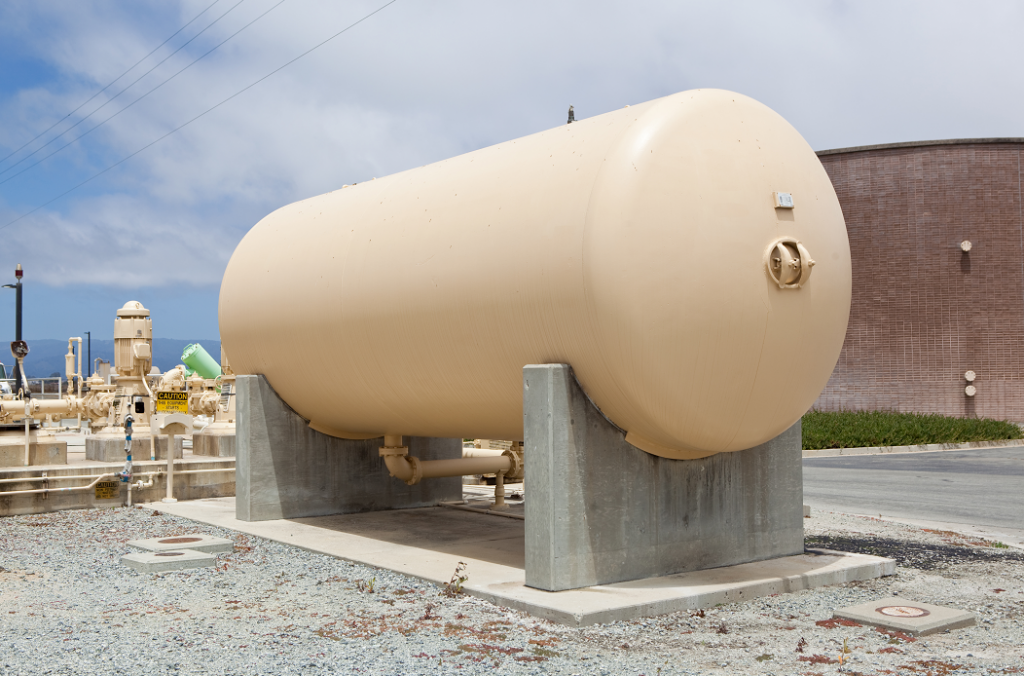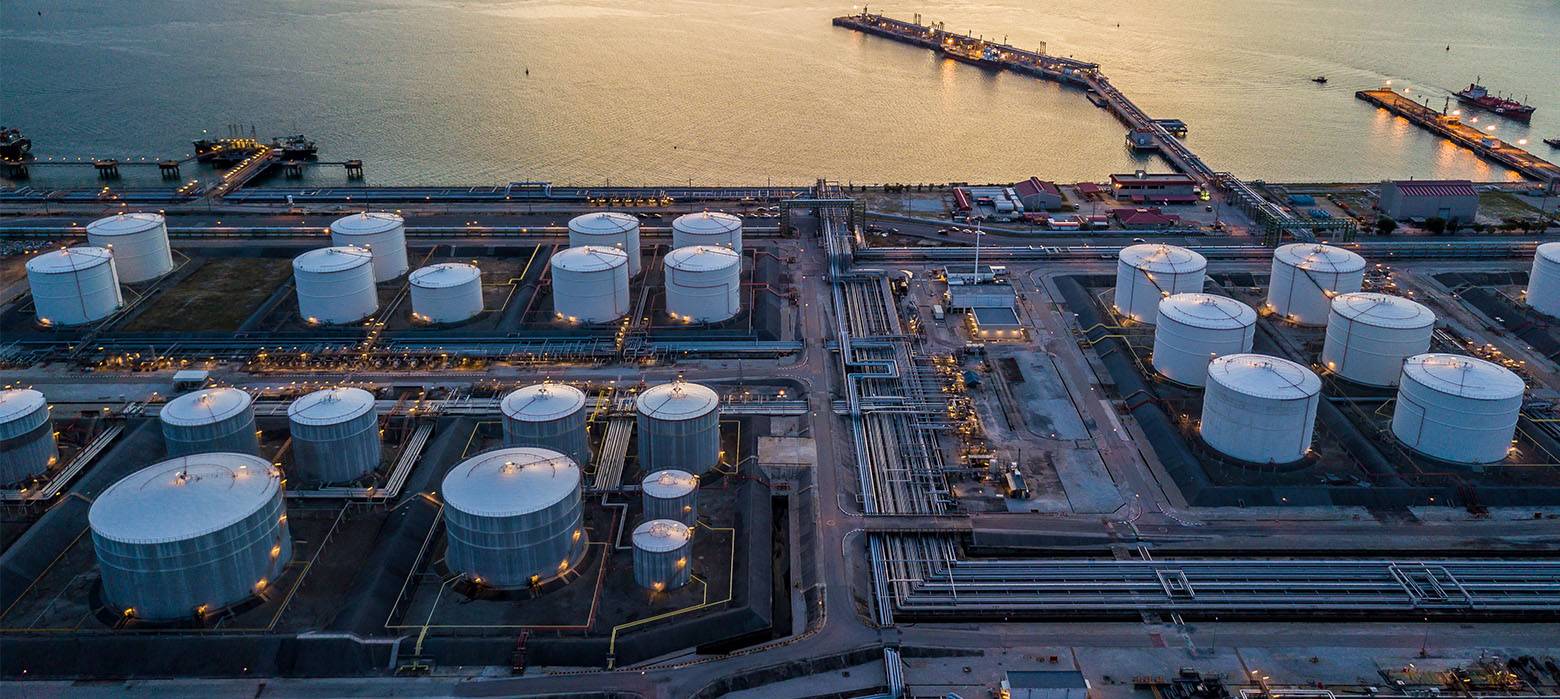- admin
- July 14, 2022
Choosing the Right Water Storage for Your Community
Water storage tanks are often used to maintain water service pressure, supply, and pressure during power outages, and equalization volume to meet peak needs, such as fire flows and times of day when water usage is high. Consistent flow rates are frequently preferred for operating wells, water treatment facilities, and pumping stations. Equalization storage volume enables constant operations and uses equalization storage volume to be filled and drained to make up the difference instead of ramping treatment and pumping rates to fulfill urgent real-time needs. When choosing a new water storage tank for your community or business, there are a few factors to take into account.
It is essential that the overflow height is correctly matched to the system pressure, regardless of the kind of tank facility, since this enables the water surface inside the tank to “float” on the system. In other words, the distribution system’s pressure is caused by the tank’s own water elevation. Pump stations are used to fill tanks; as a result, the system’s pressure rises and water enters the tank facilities. The fill and draw cycle in a storage tank often causes daily fluctuations in the water level. The size (diameter and height) of the storage facility be it field erected tanks or aboveground tanks, the demand in the real-time system, and the position within the distribution system will all affect the difference in fluctuation.
You can get in touch with GSC Tanks if you’re looking for steel and alloy tanks, fiberglass tanks, or polyethylene tanks.
Which is better for you: elevated storage or ground storage?
Ground, raised, standpipe storage tanks, or a mix of all three, are often used to provide the necessary water distribution storage capacity for potable water systems.
Ground Storage Tanks

These are cylindrical tanks with a flat bottom that are supported by the ground, often have a shell height that is less than or equal to their diameter, and are typically made of steel or concrete. A storage tank can be divided into several water storage parts, each of which has a specific function. The equalization storage, which is at the top of the tank, is usually cycled daily. This either permits storage when pumping exceeds instantaneous demand or satisfies water system needs that are larger than the system’s pumping capacity. Operational storage, inexpensive storage, and efficient storage are other categories of equalization storage.
Standpipe Storage Tanks
Another type of ground-level water storage tank that comes in a variety of sizes is a standpipe storage tank. Standpipes can be constructed with ornamental components to assist the tank fit into the surroundings and are taller than they are wide. With their higher shape, standpipes can often supply gravity-fed pressure because they combine the qualities and performance of both raised storage tanks and ground storage tanks. The reserve or emergency storage is provided by the water below the operational range. Standpipes are frequently employed on small systems where less volume is required or where the ground elevation at a tank site is high compared to the system pressure.
Elevated Storage Tanks
These are primarily made up of two parts: the tank (or bowl that stores the water) and the tower or supporting structure that holds up the bowl. These kinds of tanks are frequently built when the ground elevation is insufficient for the usage of reservoir-style tanks or when more storage space is needed than can typically be accommodated by a standpipe. Elevated tanks come in a variety of popular designs, such as spheroid, fluted column, and composite (steel bowl with concrete support structure). Traditionally, these tanks were made of welded steel, but lately, composite-style tanks are becoming more popular. Steel bowls on top of concrete towers are used in composite tanks. Since the concrete tower doesn’t need to be painted, composite tanks require less ongoing maintenance.
Category
- Above Ground Fuel Tanks
- Above Ground Gas Storage Tank
- Above Ground Storage Tanks
- Above Ground Water Storage Tanks
- Agricultural Tanks
- Chemical storage Tanks
- Diesel Fuel Storage Tanks
- Diesel Storage Tanks
- Exernal FloatingRoof Tanks
- Farm Water Tank
- Fiberglass Oil Tanks
- Fiberglass Septic Tanks
- Fiberglass Tanks
- Fiberglass Underground Fuel Storage Tanks
- Field Erected Tanks
- Floating Roof Tank
- Food and Beverage Tanks
- Fuel tank
- Industrial Chemical Storage Tanks
- Industrial Gas Tanks
- Industrial Plastic Tanks
- Industrial Storage Tanks
- Industrial Tank heating pads
- industrial tanks
- Natural gas
- Natural gas vs Propane
- oil storage tank
- Oil Storage Tanks
- Peracitic Acid
- Petroleum Tanks
- Residential gasoline storage tanks
- Residential Water Storage Tanks
- Sodium Hydroxide Storage Requirements
- Sodium Hypochlorite Storage Tanks
- Steel Storage Tanks
- storage tank failure prevention
- Storage Tanks
- Sulfuric Acid Tanks
- Uncategorized
- UnderGround Storage Tanks
- Waste water tank
- Water Storage Tanks

 Tank Size Calculator
Tank Size Calculator






